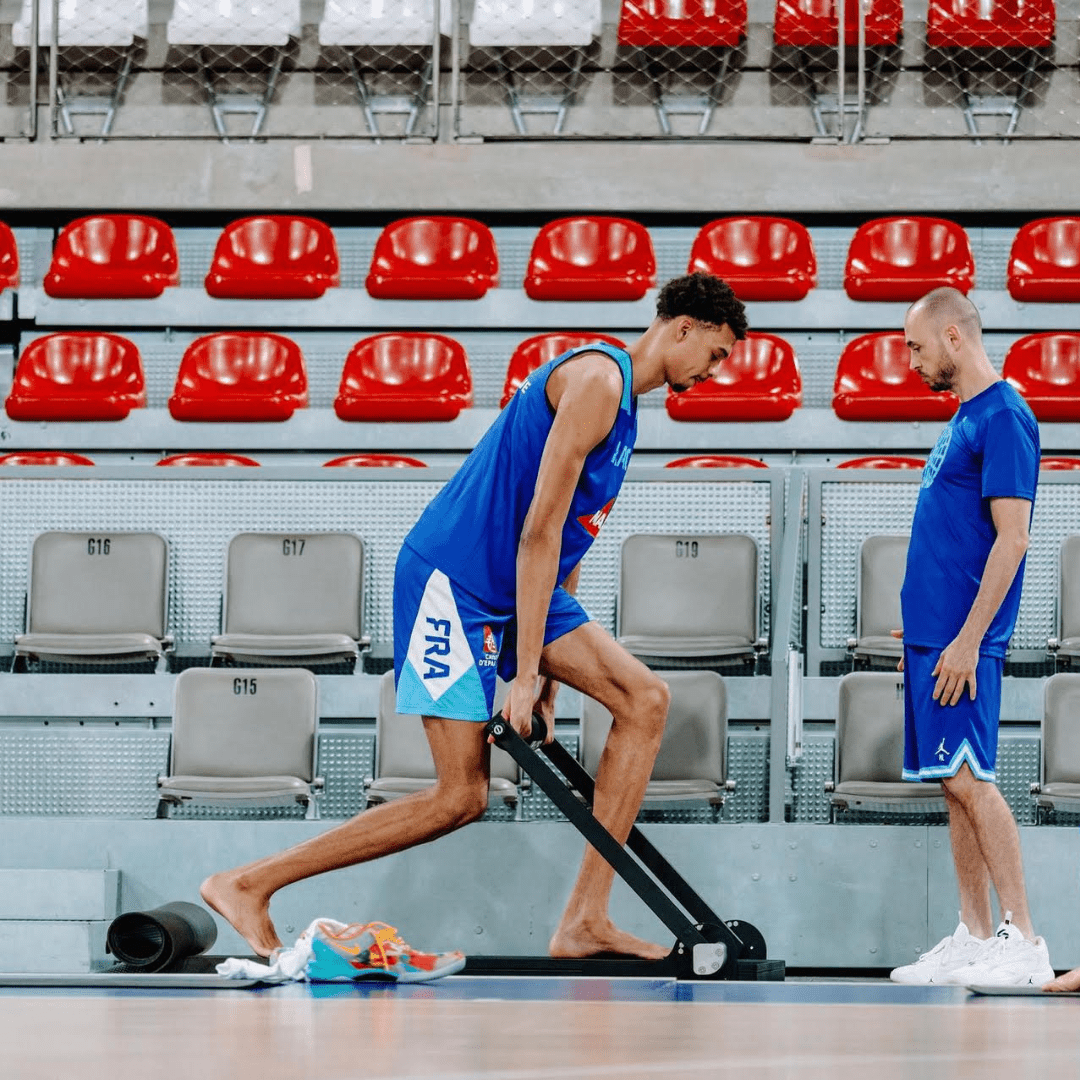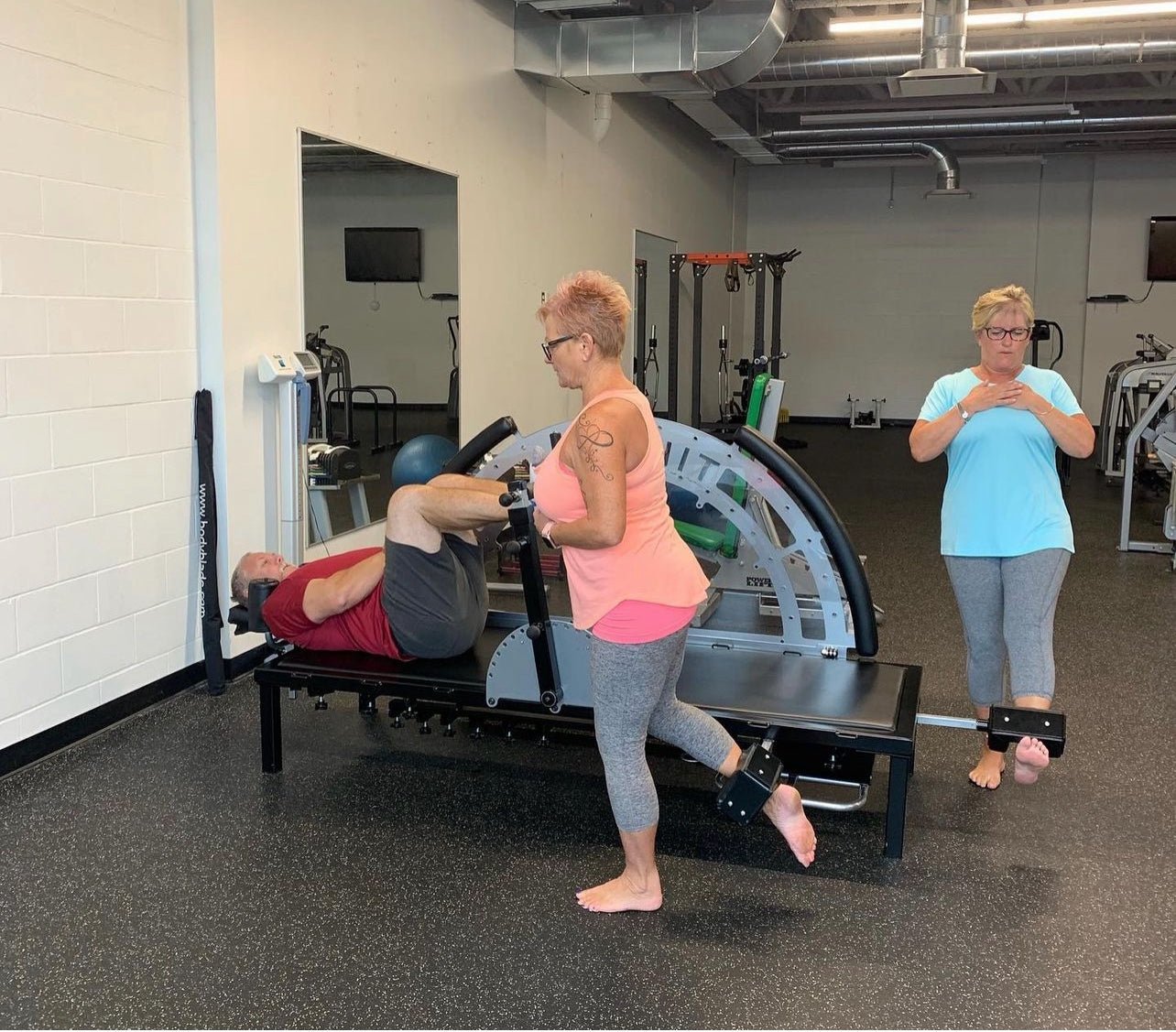Breaking Boundaries: The Science and Strength Behind Shattering the Long Jump World Record
In the world of athletics, Mike Powell's legendary long jump of 8.95 meters has stood as an unbreakable milestone for over three decades. To challenge this iconic record, athletes must combine peak physical preparation with cutting-edge science. For those with dreams of soaring beyond 9 meters, understanding the precise mechanics of the jump and maximizing the body's force production is critical. With a strategic approach involving isometric strength training and biomechanical optimization, athletes can lay the groundwork to etch their names into history.
The Science Behind the Jump
To achieve an exceptional long jump, the interplay of speed, trajectory, and force is paramount. A successful jump requires the perfect takeoff velocity, an optimal takeoff angle, and the ability to sustain these under the influence of air resistance. Research shows that athletes need to sprint at speeds exceeding 11.5 m/s during their approach, with a takeoff angle near 20° to achieve distances approaching or surpassing 9 meters. This trajectory ensures that both vertical and horizontal forces are maximized without compromising stability or control.
However, there’s a catch: air resistance. Once airborne, drag works against an athlete, reducing their horizontal speed and limiting their range. While the effects of air resistance might seem minor, elite-level jumps are won or lost by fractions of a meter. Therefore, the solution lies in not only improving takeoff velocity but also ensuring that the body can generate and sustain the forces needed to overcome external resistance.
Building the Foundation: Isometric Force Production
Here’s where Isophit enters the picture. The body’s ability to generate, tolerate, transfer, and express force hinges on isometric strength—the type of strength developed through pressing against immovable objects. For long jumpers, this means training muscles to resist and produce force at the most critical moments, from the approach sprint to the explosive takeoff.
By focusing on whole-body isometric strength, athletes can improve their neuromuscular efficiency and structural integrity. This approach ensures that their joints, tendons, and muscles work cohesively to support the intense demands of sprinting and jumping. Isophit’s unique protocols prepare the musculoskeletal system to tolerate higher loads and reduce the risk of injuries, such as hamstring strains, which are common among long jumpers.
A Step-by-Step Strategy for Record-Breaking Jumps
Breaking the world record begins with understanding the key biomechanical requirements. First, athletes must master the approach. This involves accelerating to near-maximal speed over 40 meters to ensure a takeoff velocity sufficient to cover the desired distance. The second step is fine-tuning the takeoff angle, which requires explosive vertical force production while maintaining horizontal momentum. Both actions demand extraordinary levels of strength, balance, and control.
From here, the challenge is overcoming air resistance. Even small reductions in drag can have a measurable impact on performance. While streamlined sprinting technique is essential, isometric training ensures the body’s posture remains stable and efficient mid-flight, minimizing unnecessary energy loss.
A Vision of the Future
For an athlete to break Mike Powell’s record, they must become more than just fast or strong; they must become biomechanically optimal. By integrating Isophit into their training, jumpers can enhance their ability to handle the immense forces of a long jump. This preparation doesn’t just build strength—it builds confidence.
The path to breaking 9 meters lies in precision, power, and preparation. With Isophit as a cornerstone, the dream of shattering the longest-standing record in athletics moves from impossible to inevitable. It’s time for the next generation of jumpers to rise, reach new heights, and redefine what’s possible in the sandpit.
If you have any questions about Isophit, please email them to me at brad@isophit.com.
I will see you all in Los Angeles at the 2028 Olympics.
Yours in Isometric Strength.
Brad Thorpe
CEO | Inventor
Isophit
At Isophit, we help the world's strongest, fastest, and most gifted athletes -and everyday people-win more, hurt less, and age stronger.










Share:
Still think isometric exercise is just accessory work? Think again—the future is here.
Breaking Limits: How Isophit Can Help the Second Human Break 9.6 Seconds in the 100m Sprint